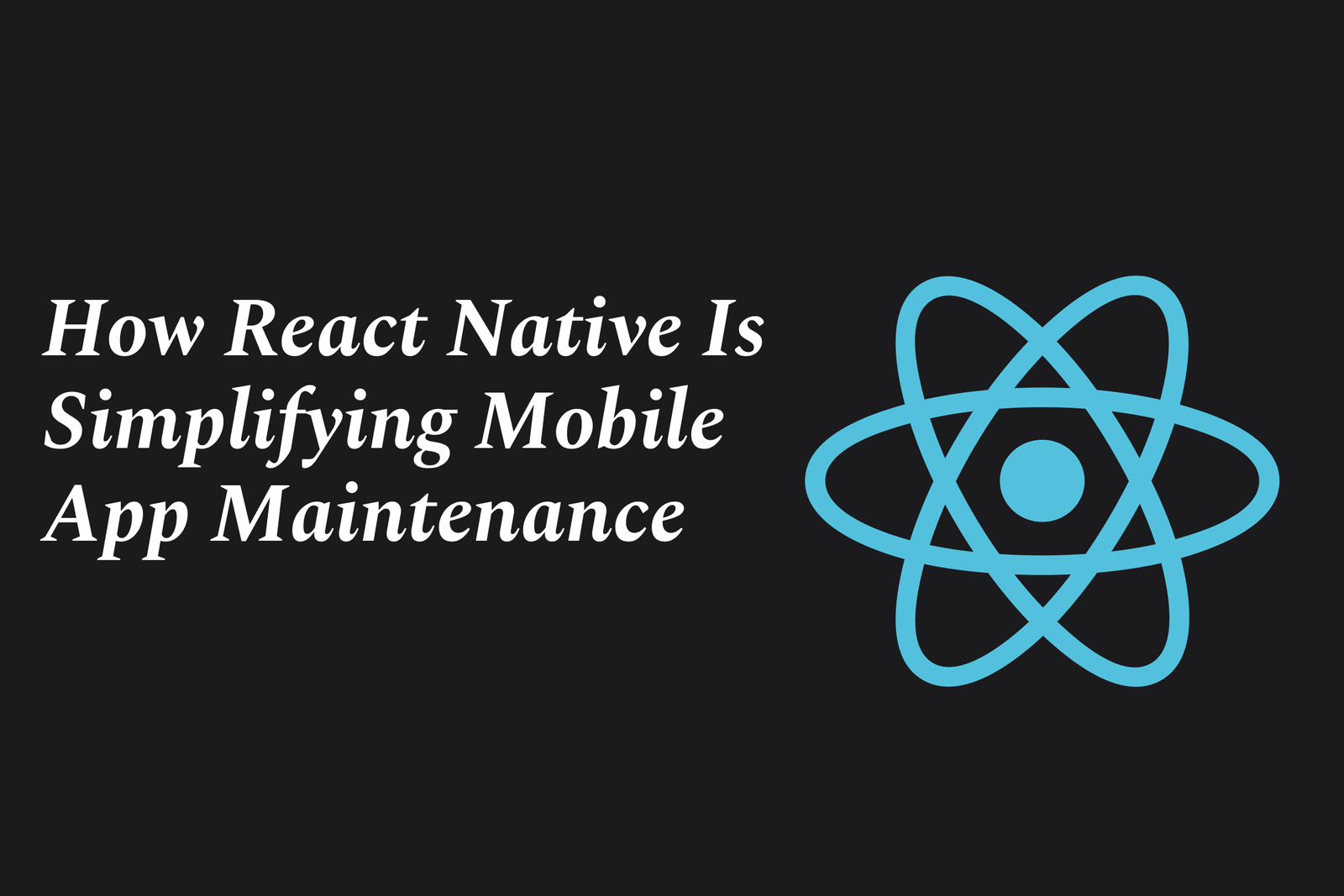React Native vs Flutter: Developer Opinions from 2025
In 2025, developers see React Native as ideal for JavaScript-heavy projects with mature ecosystems, while Flutter is favored for its fast, seamless cross-platform performance and ease of use with Dart. Both thrive, but Flutter’s efficiency is driving growing adoption.
React Native vs Flutter: Developer Opinions From 2025
1 ) Overview of React Native and Flutter in 2025
React Native, launched by Facebook in 2015, enables cross platform mobile app development using JavaScript and React principles, integrating with native UI components.
Flutter, released by Google in 2017, emphasizes high performance, using the Dart language and a compiled to native approach for fast and responsive UI through widget centric architecture.
Both frameworks dominate the cross platform space and are widely adopted for mobile, iOS, Android, and web apps in 2025.
2 ) Developer Preferences and Community Insights
Developer choices often depend on geographic location and project requirements.
Flutter powers a larger number of apps overall, while React Native apps reportedly generate slightly more revenue according to some marketplace data.
Reddit developer communities highlight React Native's evolving architecture and Flutter's ease and speed of development as key discussion points.
3 ) Tooling and Development Experience
React Native benefits from JavaScript familiarity, reusable components, and a mature ecosystem, but can introduce runtime bugs in large codebases.
Flutter offers rapid development via its widget based architecture and hot reload feature, though it requires learning Dart, which is streamlined and beginner friendly.
Tooling for app building, deployment, and store uploading is considered efficient in both, though Flutter's integrated tooling simplifies multi platform maintenance.
4 ) Performance and Scalability
Flutter delivers near native performance due to its compiled to native rendering engine that bypasses interpretation overhead.
React Native achieves native like performance by rendering native components, with recent architectural updates enhancing speed and UI consistency across platforms.
Both frameworks scale well for complex applications, with Flutter offering easier long term maintenance due to a single codebase.
5 ) Cost Effectiveness and Industry Trends
Cross platform solutions like Flutter and React Native are significantly more cost effective than traditional native development, reducing development time and investment by approximately 40% in some cases.
The popularity graph on developer forums and StackOverflow shows a strong upward trajectory for both, while native app development interest declines.
Flutter’s growing community and Google backing make it an increasingly attractive choice even for single platform projects due to future proofing and maintainability.
6 ) Emerging Challenges and Future Directions
The Flutter ecosystem is evolving with some tools like GoRouter entering maintenance mode, encouraging community led contributions and alternatives for navigation.
Developer workflows increasingly incorporate AI assisted coding, with patterns emerging for effective collaboration between AI tools and human expertise.
Proposals for new Dart serialization protocols aim to enhance performance and flexibility, indicating continuous ecosystem improvements.
7 ) Conclusion and Recommendations
For developers prioritizing quick startup and deep JavaScript integration, React Native remains a compelling option.
For those seeking high performance, easier cross platform scalability, and modern architectural advantages, Flutter is favored in 2025.
Overall, Flutter is increasingly recommended for new projects given its maintenance efficiency, cost efficiency, and developer friendly design, with React Native still holding strong where JavaScript expertise and existing codebases exist.
https://justacademy.in/news-detail/flutter-vs-react-native-in-2025:-the-real-winner
https://justacademy.in/news-detail/flutter-open-source-tools-roundup
https://justacademy.in/news-detail/android-instant-apps-developments
https://justacademy.in/news-detail/new-android-security-updates-and-patches
https://justacademy.in/news-detail/android-smart-lock-and-security-features
Related Posts
Java supports GDPR and data privacy by enabling secure data handling through encryption, controlled access, and precise data management. It allows developers to minimize PII exposure, ensure data confidentiality, and design workflows that comply with data protection regulations effectively.
Java code quality tools have evolved to include advanced static analysis, integrated security checks, and AI-powered code reviews. These updates help developers detect bugs, enforce coding standards, and enhance security, streamlining the development process and improving overall code reliability.
Java remains a cornerstone in big tech companies, evolving with modern features like records, pattern matching, and virtual threads. Its robust ecosystem, enhanced performance, and growing AI integrations keep it vital for both legacy systems and innovative new projects.
Java and CI/CD pipeline optimizations streamline Java application development by automating builds, tests, and deployments. They improve efficiency through parallelization, caching, and secure secrets management, enabling faster feedback loops and more reliable, scalable software delivery.
Java supports modern cryptography standards through its flexible Java Cryptography Architecture (JCA), enabling integration of advanced algorithms like AES, EdDSA, and post-quantum tools. Libraries like Bouncy Castle offer FIPS-certified, hardware-accelerated implementations for secure development.
Java 23 enhances record patterns by enabling concise, direct destructuring of record components within pattern matching, simplifying type checks and data extraction. This improvement boosts code readability and expressiveness by reducing boilerplate in handling immutable data classes.
Java remains a top choice for mobile app backends, powering scalable, secure, and high-performance server-side solutions. Latest trends include cloud-native microservices, reactive programming, and enhanced JVM optimizations, enabling efficient, flexible, and robust mobile backend development.
Java SE 24 and LTS Java SE 21 offer enhanced features and performance, while Apache Spark 4.0.0 introduces Scala 2.13 support and advanced ML and SQL capabilities. Together, they empower developers to build scalable, high-performance data applications with modern tools.
JUnit 5 modernizes Java testing with a modular architecture, improved assertions, and seamless Java 8+ support. Beyond JUnit, tools like Mockito and AssertJ enhance mocking and assertions, creating a powerful, flexible ecosystem for writing clean, efficient Java unit tests.
Java plays a pivotal role in cloud automation tools by providing a robust, platform-independent language used to build scalable automation frameworks like Jenkins and Selenium, enabling efficient CI/CD pipelines, testing, and orchestration across diverse cloud environments.










